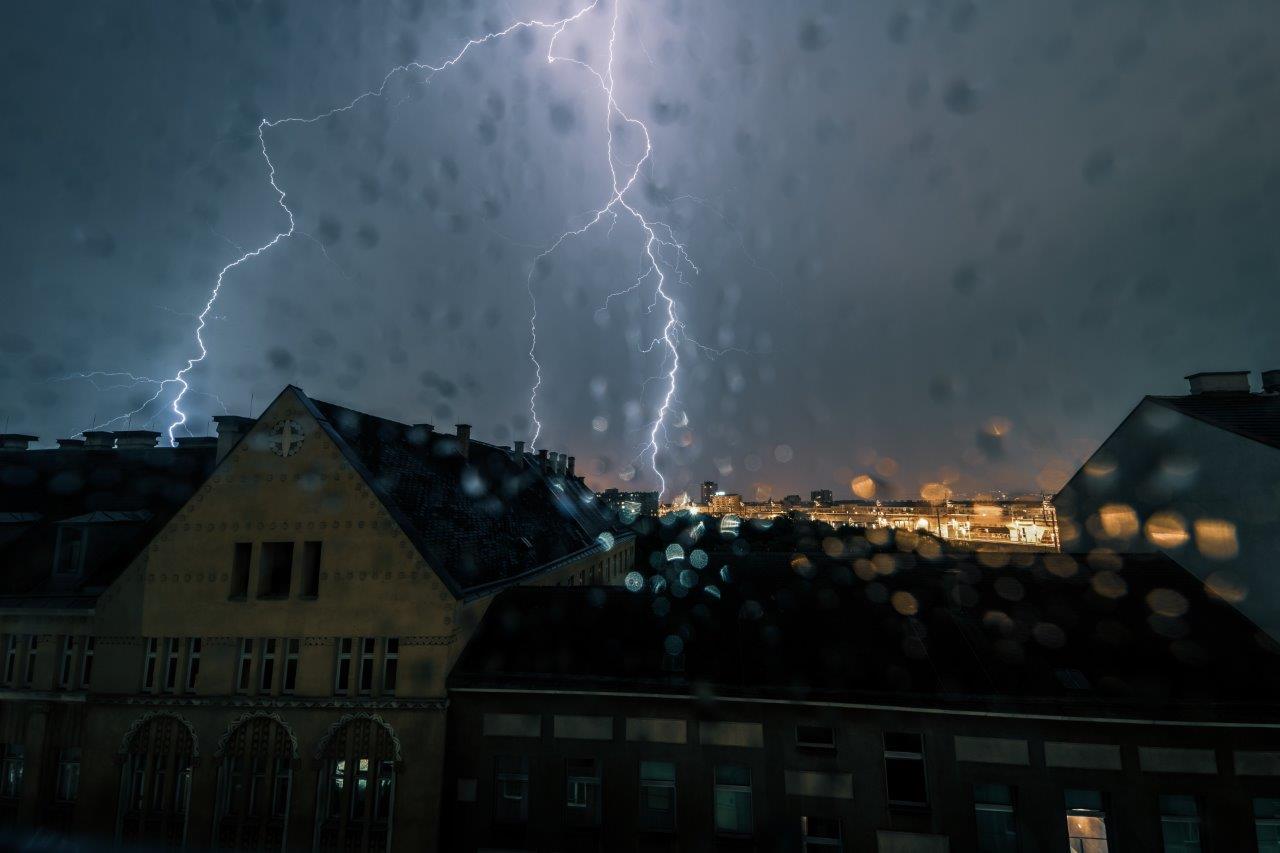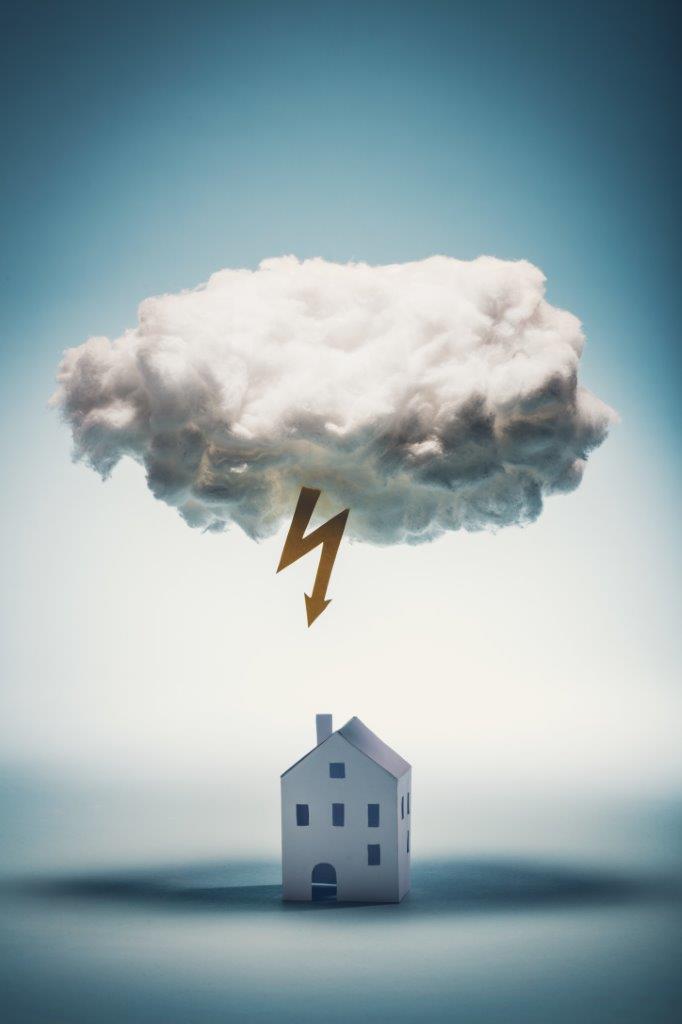Reduce the Risk of Lightning and Surge Damage
Electricity powers our homes and devices, but it also carries risks like lightning strikes and electrical surges. Protecting your home from these hazards starts with awareness and preparation.
Lightning and Electrical Surge Dangers
Lightning strikes are among the most common weather-related risks in the United States. In 2023, the average lightning strike claim exceeded $18,000, with over 18,000 lightning-related claims filed according to State Farm.
Electrical surges can silently harm appliances and spark fires. Electrical malfunction ranked as the fourth-leading cause of residential fires in 2022. Taking proactive steps now can help reduce the risk of lightning and surge damage later.
Lightning Facts and Hazards
According to the CDC, lightning strikes the ground nearly 40 million times annually in the U.S. The Insurance Information Institute reports $1.2 billion in lightning-related insurance claims in 2023 alone. Many strikes impact homes directly or indirectly.
- Distance risk: Lightning can strike up to 10 miles away from rainfall.
- Extreme temperatures: A strike can heat air up to 60,000°F.
- Geographic frequency: Most common in Florida and Gulf Coast states.
How Lightning Can Strike You
- Side flashes: Lightning jumps from a tall object to a person nearby.
- Ground current: Travels across the ground after a strike.
- Conduction: Contact with metal that’s been energized.
Potential Lightning Damage to Your Home
- Charring: Look for burned areas on your home’s structure.
- Fires: Strikes can ignite flames. Watch for smoke or burnt odors.
- Power outages: Surge-related blackouts are common.
- Burned switches: May require inspection by an electrician.
- Roof or wall damage: Can puncture or weaken structures.
- Downed power lines: Report to utility companies; avoid approaching.
- Repair and cleaning after the incident
Whole-House Surge Protection
Electrical surges can originate from utility switching, appliance cycling, or nearby lightning. Surges travel through power, phone, and cable lines, damaging electronics. Surge protection devices (SPDs) and grounding help prevent this.
How to Protect Against Surges
- Have a licensed electrician inspect your grounding system.
- Use point-of-use SPDs for sensitive devices.
- Install whole-house SPDs at the panel or meter.
What Is a Lightning Protection System?
A lightning protection system gives lightning a safe path to the ground. It doesn’t prevent strikes but minimizes damage. Only professionals certified by LPI or UL Solutions should install these systems.
Components of a Lightning Protection System
- Lightning rods: Mounted on roofs to receive strikes.
- Main conductors: Copper or aluminum cables that direct current.
- Grounds: Deep rods drive current safely into the earth.
- Bonds: Connect roof components and metal systems for even conductivity.
- Surge arresters: Protect panels and appliances from surge spikes.
- Tree protection: Especially near structures, trees may need protection to prevent side-flashes.
Lightning Insurance Considerations
Lightning damage may be covered under homeowners or renters insurance policies. Coverage can extend to power surge damage. Consult your insurance provider for details. Insurance complements — but doesn’t replace — preventative safety measures.
Lightning Safety Tips
- Get out of the water immediately if swimming or boating.
- Avoid isolated tall objects like trees or towers.
- Shelter indoors when storms approach.
- Use enclosed vehicles, not convertibles, as last-resort shelters.
- Stay away from electronics, metal surfaces, plumbing, and concrete walls or floors.
- Use cellphones, not corded phones.
- If someone is struck, call 911 and administer first aid if trained.
For certified installation professionals, consult the Lightning Protection Institute or UL Solutions.

